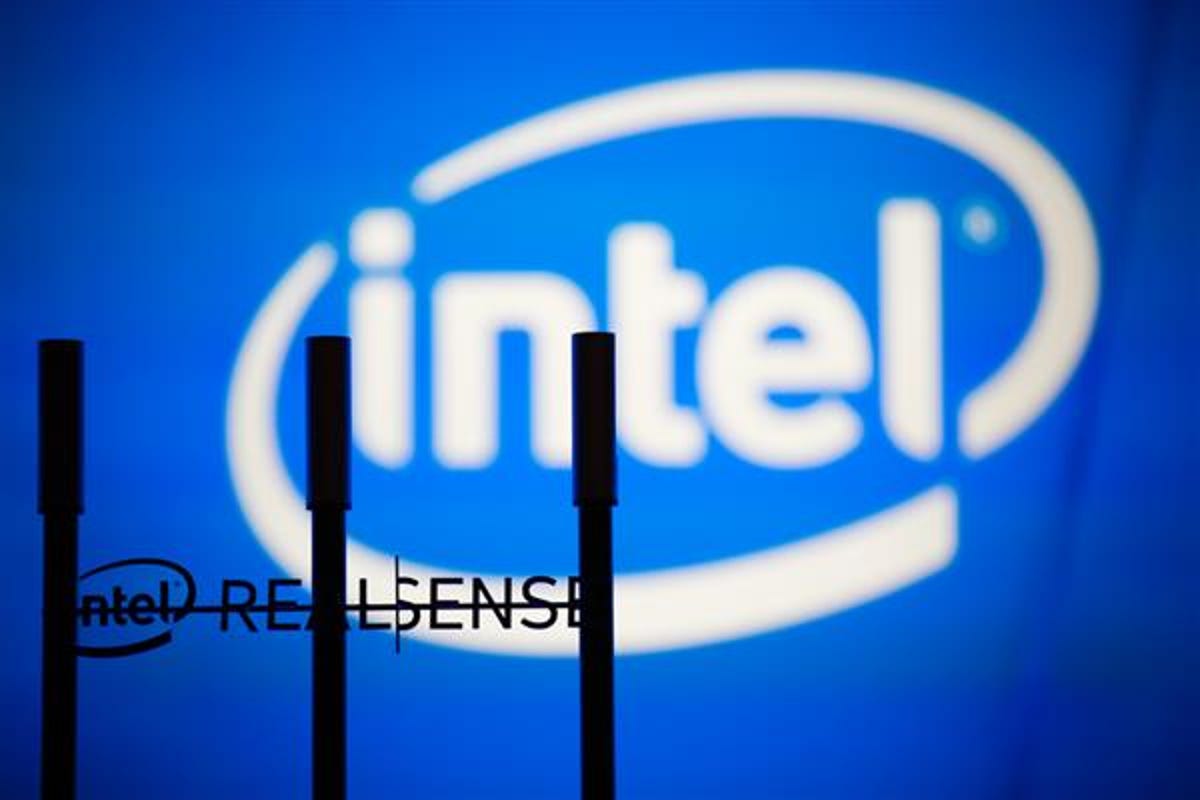Intel keynote at CES 2015: 3D printing, drones and selfies (photos)
Intel's CES keynote shows off how its RealSense depth-detecting camera tech is used in the home, at work or while you're out and about.

Intel shows off RealSense
Intel kicks off its CES 2015 keynote with a big showing of its new depth-detecting camera tech used for 3D capture on tablets and phones.
RealSense in the arts
During a presentation that included singers, dancers and a cello, Intel showed off how RealSense can capture what's around it. The technology comes in two varieties: the Intel RealSense 3D camera for laptop cameras and the RealSense snapshot, a photography-centered offshoot.
RealSense in the kitchen
Intel shows off how RealSense can power motion control during a chicken wing demo. To see the next step in the recipe, the user makes a gesture to the control camera to avoid touching the screen with wing sauce-covered hands.
Facial recognition in the home
Like many other companies at CES, Intel had a demo showcasing the Internet of Things. The home was able to use facial recognition to read a face and then unlock its door.
The Sprout
Intel is big on partnerships. This HP computing platform uses RealSense to capture physical images and then relay it to a 3D printer.
Multi Jet Fusion 3D printing
This 3D printer uses data capture from Intel's RealSense technology to print objects. It's not on the market yet and won't be broadly available until 2016.
The Curie, a tiny computer
The Curie is a computer module that is about the size of a suit button. It includes sensors and a Quark chip. Intel CEO Brian Krzanich said during Intel's 2015 CES keynote that the Curie counted his steps throughout the presentation. "This changes the game of wearables," he said.
A very aware iRobot
Intel demonstrates during its 2015 CES keynote how an iRobot telepresence unit can use RealSense to get around. The robot, which carries a screen for video conferencing, can detect and avoid things in its way, allowing it to move around freely.
Sensors for the visually inparied
CEO Brian Krzanich said during Intel's 2015 CES keynote that engineers at Intel thought about what problems could be solved with wearables. An early consideration was impaired vision -- helping people sense their environment.
Using a jacket to sense your environment
This jacket, enabled by RealSense, allows people with visual impairments to better connect with what's around them. Intel employee Darryl Adams modeled the jacket during Intel's 2015 CES keynote. "I live in a state of continuous mild anxiety because of my visual impairment," he said. "With this technology I'm able to shift my attention more to the things that matter."
Helping drones navigate
RealSense can also be used to help drones sense and avoid obstacles. Intel built an obstacle course it named "Game of Drones" to demonstrate how drones use RealSense.
Nixie, the flying selfie cam
Selfie drone Nixie was the winner of Intel's first wearables contest, held last year. The flying camera takes a photo when you flick it off your wrist.
The selfie drone in action
The Nixie is worn around the wrist and can fly out from there to take a picture for you. Just flick it off your wrist, no remote control necessary.
Nixie selfie
Nixie aces its first CES stage selfie. You can see other Nixie images on Twitter -- just search for the hashtag #flynixie.

